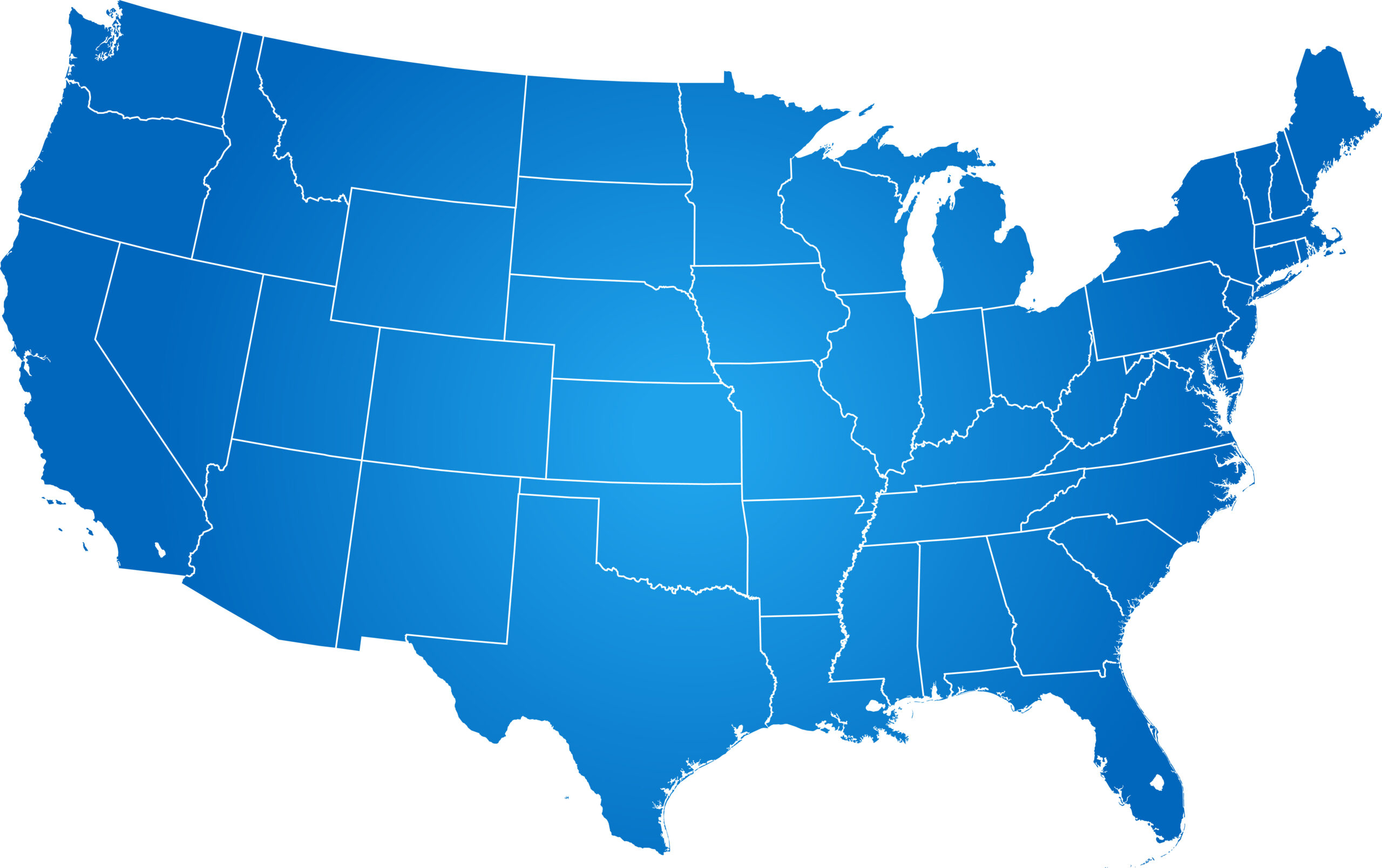Who is meant to be protected by antitrust law and policy?

The focus of contemporary competition policy debates is shifting back to the first principles, asking: “What are we trying to do? What is the objective of antitrust?” Enforcers and some legislators in the U.S. are suggesting a shift away from consumers to a completely different approach that focuses on exerting power over specific companies. This change of approach is also gaining traction in some U.S. states as several state Attorneys General have recently sued technology companies alleging violation of antitrust laws without considering the impact on consumers of the actual conduct or the proposed remedy. California Attorney General (AG) Rob Bonta recently filed a civil antitrust and unfair competition lawsuit claiming that Amazon’s pricing practices prevent retailers from offering lower prices than the ones they offer at Amazon’s store. The California case mirrors the suit that DC AG Karl Racine filed on behalf of the District of Columbia that also alleged that Amazon has too much control over how much outside vendors can charge for their products. However, the judgment issued by the DC Superior Court established not only that the DC AG’s office could not support its allegations against Amazon, but that the Amazon practices in question actually benefit consumers. These recent cases raise the important question: who is antitrust supposed to protect?
For the last four decades, enforcers and courts have agreed that antitrust law and policy should protect consumer welfare, by promoting competition rather than competitors. Importantly, the consumer welfare standard in the 1970s was developed in response to the belief that previous U.S. antitrust policy had become too subjective and overly aggressive by focusing on the size of companies regardless of the effect on consumers. With enforcers and courts embracing the consumer welfare standard, it has served as the backbone of U.S. and global antitrust policy ever since, as also indicated by the International Competition Network (ICN) and the Organisation for Economic Co-operation and Development (OECD). As a result, the purpose of antitrust law has been to ensure economic efficiency delivering lower prices, promoting innovation, and increasing benefits for consumers. For the last decades, the message has been clear – consumers are the ones to be protected by antitrust efforts. This approach has led to astounding levels of innovation, and it is not by coincidence that numerous digital and connected services have been able to provide consumers and businesses the tremendous benefits that they enjoy today.
However, recently U.S. antitrust enforcers and even some legislators seem to turn away from a consumer welfare standard back to a “big is bad” approach that focuses on the size of companies, instead of protecting and benefiting consumers. While Senator Amy Klobuchar recently invoked David and Goliath when discussing her fight to pass antitrust legislation to regulate big technology companies, Jonathan Kanter, Assistant Attorney General for the Antitrust Division at the Department of Justice, declared that “the era of lax enforcement is over, and the new era of vigorous and effective antitrust law enforcement has begun.” Contrary to the consumer welfare standard that has provided the enforcement agencies and courts with a high level of flexibility and objectivity, the new proposals including concepts of fairness, labor rights, and sustainability, raise a host of questions regarding their enforceability, clarity, and subjectivity. And the increasing number of state antitrust suits show a complete lack of focus on consumers. In fact, the California and DC cases against Amazon seem contrary to the core objectives of competition and consumer protection.
The California AG’s lawsuit claims that Amazon imposes agreements at the retail and wholesale level that “have prevented effective price competition across a wide swath of online marketplaces and stores” since “competing sites do not offer lower prices the way they would in a competitive market because Amazon forbids it by contract.” However, those affirmations constitute a misunderstanding of the highly competitive retail industry and do not take into consideration the way Amazon operates. In practice, sellers in Amazon’s store set their own prices for the products they offer and they are able to offer them even when they are offering lower prices for the same product elsewhere. When sellers set prices that are uncompetitive, those offers are still available to customers in Amazon’s store; however, they will not be featured in Amazon’s “buy box,” which is Amazon’s way of highlighting the products that are better for consumers. As such, Amazon provides an additional benefit and service to consumers who know that they will find competitive prices in the Amazon store and, in particular, in the “buy box.” The remedy that the California AG’s lawsuit suggests would force Amazon to feature higher prices to consumers. How is that a consumer-friendly idea? Whom would this antitrust remedy protect? Not the consumers, who would end up paying higher prices.
The same question was raised in the DC suit, which the DC AG filed in May on behalf of the District of Columbia alleging that Amazon has too much control over how much outside vendors can charge for their products. However, the judgment issued by Judge Hiram Puig-Lugo of the Superior Court of the District of Columbia established that the DC AG’s office could not support its allegations against Amazon. The Court explained that “based on what the policy says, sellers are free to set prices within the marketplace . . . the only limit is that they cannot set a price that is significantly higher than recent prices offered on or off Amazon,” which benefits consumers.
These recent state lawsuits seem to go against the core objectives of antitrust law and policy. Do we want to go back and protect competitors? Or just ban the practice of particular companies without demonstrable harm to competition? Or protect other social or policy goals? And is antitrust the right vehicle to protect those? As we think about these basic questions, we should be guided by the U.S. Supreme Court, which stated that “growth or development as a consequence of superior product [or] business acumen is not a violation of the antitrust laws.” Considering the California and DC lawsuits against Amazon and the recent narrative about the objectives of antitrust moving away from a consumer welfare standard to a “big is bad” approach that focuses on controlling particular companies instead of protecting consumers, the question remains: who is antitrust supposed to protect?








